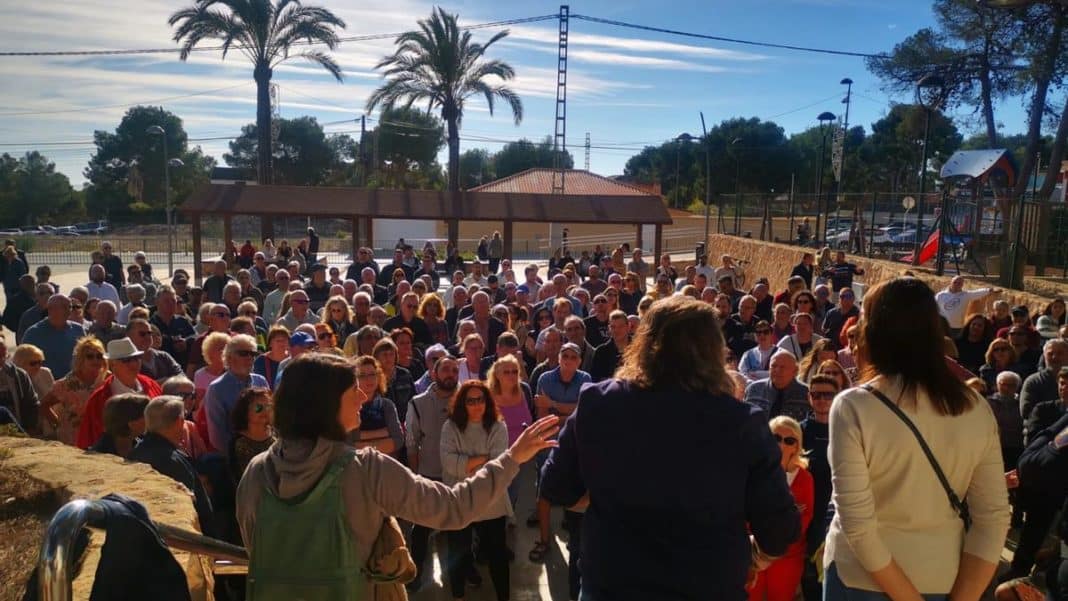Over 300 Residents of Pinar de Campoverde in Pilar de la Horadada gathered on Sunday to demand that the Pilareño Council and the Civil Guard act to stop the wave of robberies that they are suffering in their in homes, and have been, they say, for “many weeks.”
They explained that during the last month or so, numerous robberies have been reported, on some says days as many as four or five homes.
The thieves are equipped with black clothing, balaclavas and gloves. They enter inhabited homes while the owners are carrying out their daily routine, such as shopping, taking the children to school or simply going out to dinner.
“The feeling of insecurity and fear in the neighbourhood is immense,” according to a statement made by the resident. Also “the indignation,” they say, has seen a group of neighbours, in addition to calling the police, “carrying out patrols of their own, especially when alarms can be heard, stating they are willing to tackle the thieves themselves, if necessary.”
Whilst they say that ” they fully trust the police action; they cannot sit idly by and wait for the thieves to enter their homes.”
At the massive meeting-concentration, some 300 people demanded that the Security Councilor, Marina Sáez, and the Chief of the Local Police of Pilar de la Horadada, Jesús Torres, remedy this situation with more police resources. Meanwhile the City Council “asks for calm and that the security forces be allowed to act,” they also add that “they are continuing to follow several lines of investigation that they hope will bear fruit as soon as possible.”
The Council also states that it has invited the residents to an upcoming meeting between the Local Police, the Civil Guard and the mayor José María Pérez, although it has not yet been able to provide a date.
Pinar de Campoverde is a residential complex isolated from the urban area of Pilar de la Horadada located about 7 kilometres from the town. The nearest Civil Guard barracks is in Torre de la Horadada, 11 kilometres away. Pinar de Campoverde is considered more as a residential district than a tourist area due to the permanence of the inhabitants. It began to be built in the late sixties and was expanded with new constructions in successive decades.
It has thousands of homes and 3,000 registered residents, and is a significant population centre all year round.





